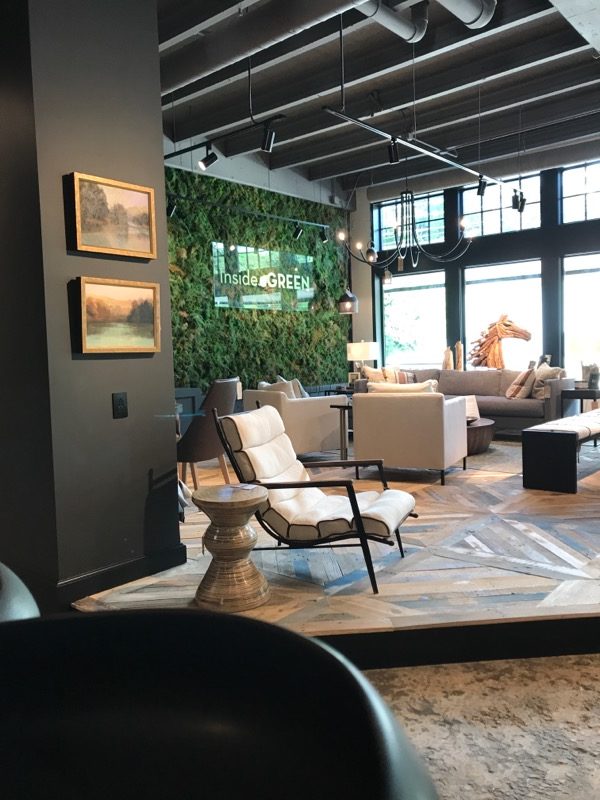Frequently Asked Questions
What is indoor air quality?
Indoor Air Quality (IAQ) is defined as the air quality within and around buildings and structures, especially as it relates to the health and comfort of building occupants.
How does indoor air quality affect your overall health?
The effects of indoor air pollutants range from short-term effects – eye and throat irritation – to long-term effects – respiratory disease and cancer. Exposure to high levels of some pollutants, such as carbon monoxide, can even result in immediate death.
I equate indoor air quality to what we eat. Do you eat organic….?
What does it mean to live green?
As a designer and a builder who were designing and building green homes, we realized that we weren’t educating our clients on how to “live” green. In other words, everyone just assumed that if you built a green home, you were better off. That is not necessarily true!
When you build a green home, you have to build it very tight (for energy efficiency). This means that anything that is later installed, or otherwise brought into the home (like furniture), could poison the clients in the form of off-gassing. We watched as our clients moved toxic furniture into their home, after just having it certified, and realized that we had to do something!
That’s when we came up with the Whole Living concept. Whole Living is the idea of designing green, building green, and then living green. Living Green not only considers furnishings and interior contents, but also behavioral strategies such as removing shoes before entering the home, cleaning ductwork, doing a deep clean twice a year, and using non-toxic cleaning chemicals.

What is healthy furniture?
Furniture can be toxic in 5 different ways. Let’s take a look:
- The frame – Is it solid or particleboard/plywood? Solid frames last longer and are considered heirloom quality (meaning that they are meant to be passed down). The less expensive the furniture, the more glue is needed to hold together the frame. Particleboard and plywood are bonded together with glues and adhesives that release harmful gasses. Solution – Buy solid frame (when possible) and it will not only be healthier, it will last for generations. When buying products with plywood, specify that a non-toxic glue like PureBond is used.
- The finish – What type of finish is then used on the exposed wood frame? Paints and stains are some of the most recognized pollutants in a home. Solution – Look for furniture that has low/no VOC paints and stains in their finish for exposed wood areas. For frames that are wrapped, look for natural products like organic cotton to wrap the wood.
- The fabric – Fabrics ( even natural fabrics) are heavily treated with toxic chemicals and they can have chemical residues on the final product. These chemical residues can cause negative health effects. Solution – Look for non-toxic fabrics that are certified safe during the production process AND the post-production process.
- The cushion – An estimated 80-100% of the flame retardants in upholstered furniture are found in the foam inside removable cushions. Solution – When possible, buy cushions made from organic latex (with no added flame retardants) and use organic fillers like natural wool.
- Stain repellents – Most furniture is sprayed with a stain repellent that is fluro-chemically based which is a good source of PFC contamination in people (not good)! Solution – When researching alternatives, look for non-fluoro based products. Check out Microseal fabric protector and Vectra Spray, both of which state they contain no Fluorochemicals or PTFE Resin.

